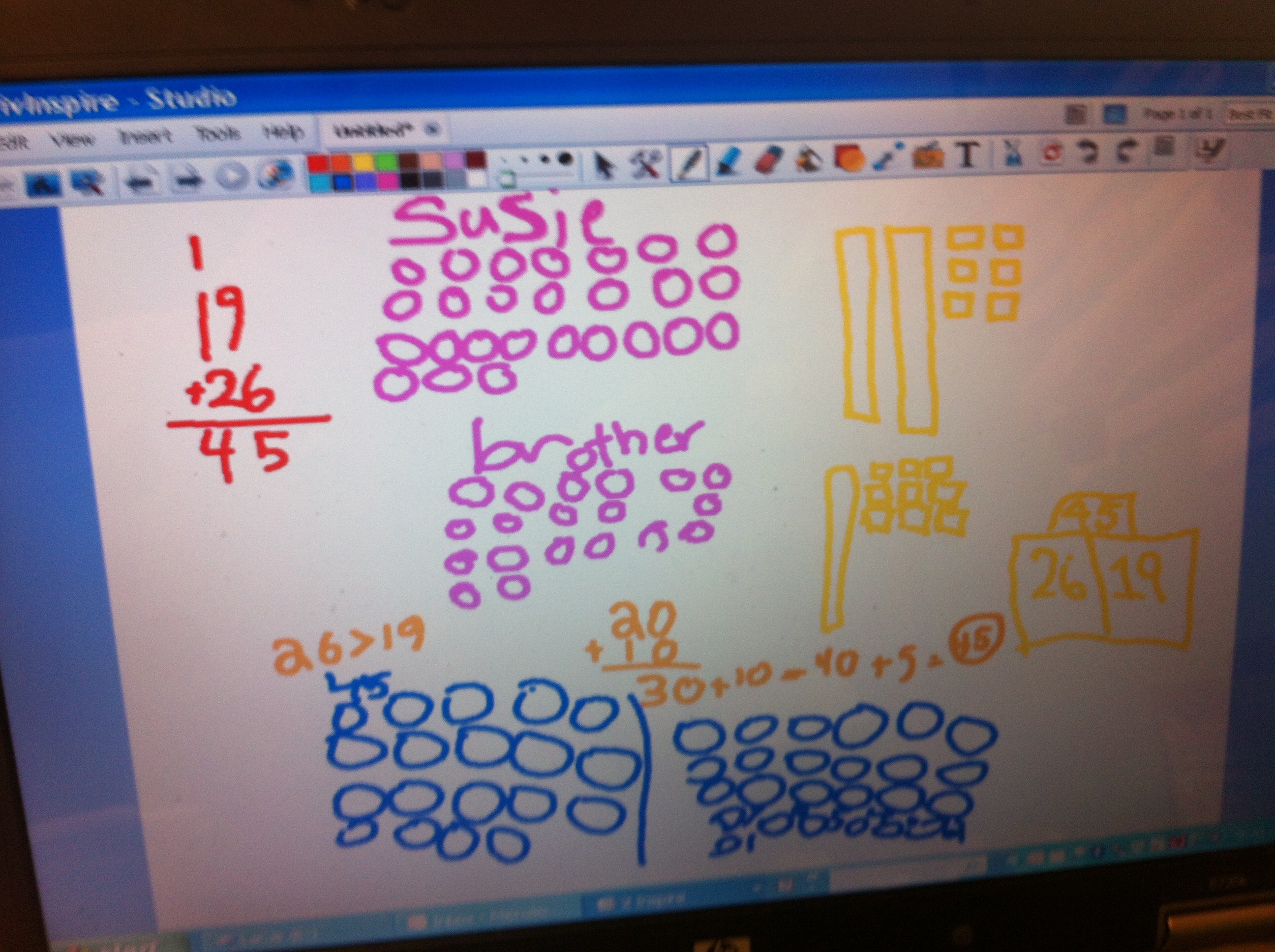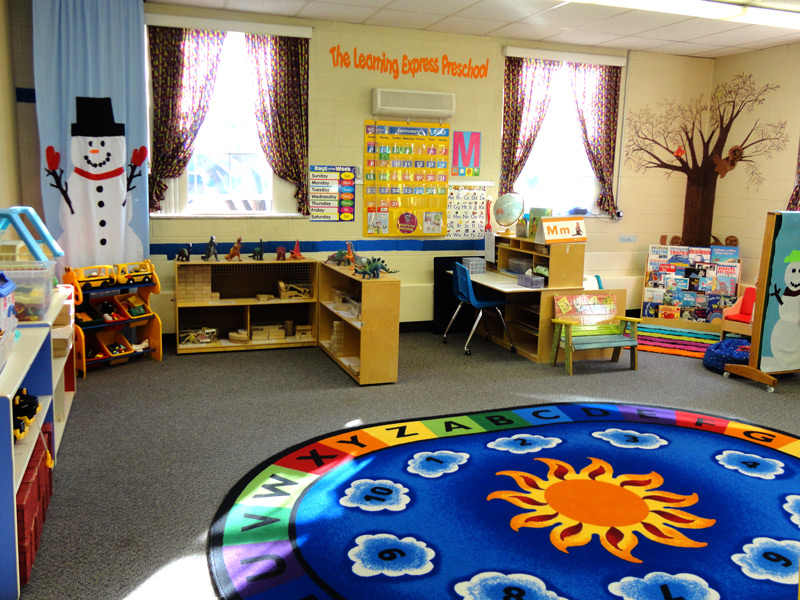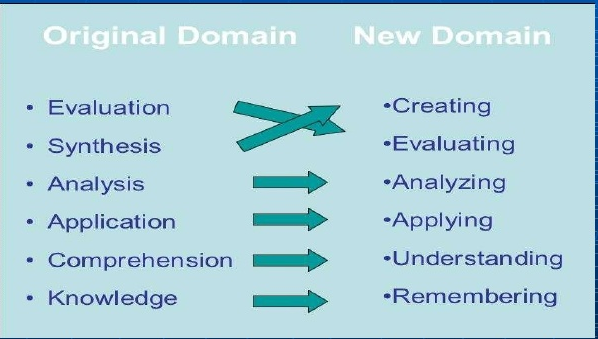The Kinesthetic Classroom
We know there are three type of learners: visual, auditory, and kinesthetic. As teachers, we are told to incorporate all three during every lesson, which can sometimes be difficult. Creating a classroom that utilizes a kinesthetic framework helps all students perform better behaviorally. Every student needs an opportunity to move and learn by doing. Students also need movement in order to perform better academically. Students need consistent movement in the classroom especially when they are in school all day long with only one movement break –recess. And even that, is most likely taken away due to misbehavior. The cycle of misbehavior usually starts due to lack of movement.
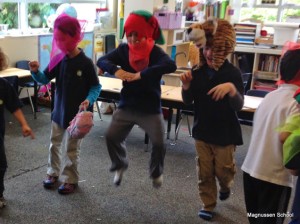
What is a kinesthetic classroom?
A kinesthetic classroom is a classroom where students utilize their body to increase their understanding and learning as well as the use of creative movement in the classroom to teach across the curriculum. Students explore the tasks on their own (or with a group) to understand a idea/concept. (Think Hands-On Approach). Simply by getting students out of their seats, we encourage new levels of self-discovery and self-expression.
Why create a kinesthetic classroom?
It might sound like extra work to create this classroom, but it is actually quite easy and manageable. Here are a few tips on how to create this particular classroom (also see below for resources).
- Energizing brain breaks – Using 60- 90-second movement activities works quickly to put your students in optimum learning states. Increased blood flow stimulates brain function and student attention.
- Supporting exercise and fitness – We live in a culture where one in three children born in the year 2000 will be diabetic, in part due to a lack of physical activity. It is also well documented that students who are physically fit have a greater level of health as well as academic success.
- Creating class cohesion – It is well understood that creating positive class environments supports academic achievement as well as social and emotional health. Experiential cooperative activities develop cooperative team building skills.
- Reviewing content while incorporating movement- They allow students to review information in an enthusiastic and playful manner.
- Teaching new content and using movement.
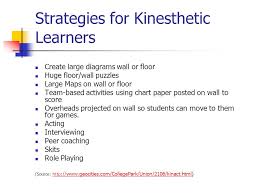
Why does movement enhance the learning process?
Enhances brain function Increased circulation Refocuses attention It changes the brain chemically Reduces sitting time Reduces stress Can stimulate neurogenesis (prolonged aerobic activity) Provides a break from learning Enhances episodic memory Provides opportunity for implicit learning Provides for motivation and the meeting of basic human needs It’s the best available manager of state Provides an opportunity to differentiate instruction Sensory engagement Finally, because the research says so . . .
Physical activity + quality instruction = increased brain compatible learning
Utilizing these two concepts creates increased on task behavior and learning. Students (with or without learning disabilities) need and thrive in classrooms that implement physical activity boosters.
Consider these resources:
https://prezi.com/3arxix9g3dme/the-kinesthetic-classroom-teaching-and-learning-through-movement/
https://www.pinterest.com/teresam017/kinesthetic-learners/
http://www.amazon.com/The-Kinesthetic-Classroom-Teaching-Learning/dp/1412979544
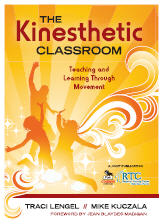
Sources Used:
http://www.njea.org/news-and-publications/njea-review/april-2011/get-your-students-moving
http://www.dpi.state.nd.us/title1/fallconf2013/sessions/kuczala.pdf






